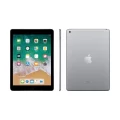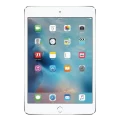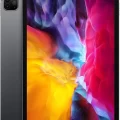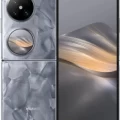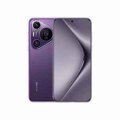- PRODUCTS
- Apple iPad
- iPad mini 2 Price in Kenya
iPad mini 2 Price in Kenya
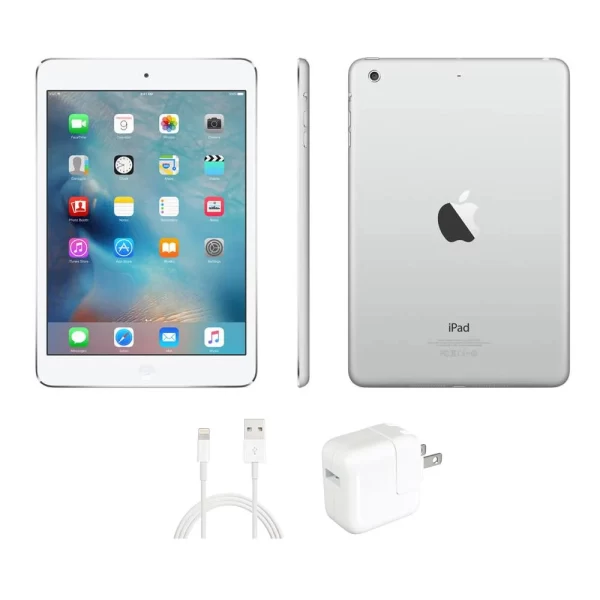

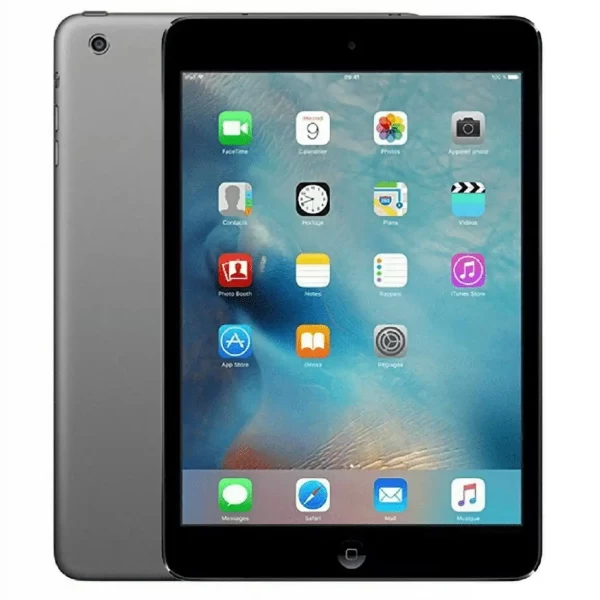
The iPad mini 2, released in 2013, was a significant update to Apple’s compact tablet lineup and a highly anticipated device in the Kenyan market. In this blog post, we’ll explore the various aspects of the iPad mini 2, including its design, features, performance, and pricing in the Kenyan context.
Compact and Portable Design
The iPad mini 2 maintained the sleek and compact design that had made the original iPad mini a popular choice among Kenyan consumers. The device featured a slim aluminum body, available in space gray and silver color options, which gave it a premium and sophisticated appearance.
One of the key advantages of the iPad mini 2 was its portability. Weighing just 331 grams, the tablet was significantly lighter and more compact than the full-sized iPad, making it easier to carry around and use on the go. This made the iPad mini 2 an attractive option for Kenyan users who valued mobility and convenience in their tablet computing experience.
Retina Display and Improved Performance
The iPad mini 2 introduced a significant upgrade to the display, with the inclusion of a high-resolution Retina display. This 7.9-inch screen boasted a resolution of 2048 x 1536 pixels, resulting in a pixel density of 326 ppi. The improved display quality provided Kenyan users with a more vibrant and detailed visual experience, whether they were browsing the web, watching videos, or engaging with various apps.
Under the hood, the iPad mini 2 was powered by Apple’s A7 processor, the same chip found in the iPhone 5s. This 64-bit processor offered a significant performance boost compared to the previous generation iPad mini, ensuring a smooth and responsive user experience for Kenyan consumers. The device also came equipped with 1GB of RAM, further enhancing its multitasking capabilities.
iOS 7 and the App Store Ecosystem
The iPad mini 2 shipped with iOS 7, which introduced a fresh and modern design language to Apple’s mobile operating system. The new interface, with its flatter aesthetics and vibrant colors, complemented the premium design of the iPad mini 2, creating a cohesive and visually appealing user experience.
As with previous iPad models, the mini 2 benefited from the robust iOS ecosystem, providing access to a vast library of apps, games, and services through the App Store. This ecosystem continued to be a major selling point for Apple’s tablets in the Kenyan market, as it offered a wide range of content and functionality to meet the diverse needs of Kenyan consumers.
Pricing and Availability in Kenya
When the iPad mini 2 was first introduced in Kenya, it was priced at a premium level compared to the original iPad mini. The base model, with 16GB of storage and Wi-Fi connectivity, was initially sold for around KES 45,000 (approximately $450 at the time), positioning it as a high-end tablet option in the Kenyan market.
This pricing strategy was in line with Apple’s positioning of the iPad mini 2 as a more advanced and capable version of the original iPad mini. The company aimed to cater to Kenyan consumers who were willing to pay a premium for the latest features, such as the Retina display and the powerful A7 processor.
Adoption and Impact in the Kenyan Market
The iPad mini 2 quickly gained traction in the Kenyan market, appealing to a segment of consumers who valued the device’s compact design, improved performance, and enhanced display quality. The Retina display, in particular, was well-received by Kenyan users, as it provided a more immersive and visually stunning experience for activities such as reading, browsing, and media consumption.
The introduction of the iPad mini 2 also helped to solidify Apple’s position in the Kenyan tablet landscape, as the company continued to offer a range of devices to cater to different consumer segments. The mini 2, with its premium features and pricing, complemented the more affordable original iPad mini, allowing Apple to address the diverse needs and budgets of Kenyan consumers.
Siri and its Kenyan Adoption
Like the full-sized iPad, the iPad mini 2 continued to feature Siri, Apple’s virtual assistant. However, the challenges faced by Kenyan users in terms of Siri’s understanding of local dialects, accents, and cultural nuances remained.
While Siri’s capabilities had improved since its introduction, the assistant still struggled to fully comprehend and respond to the unique linguistic and cultural characteristics of the Kenyan market. This limited the usefulness of Siri for many Kenyan iPad mini 2 owners, who often found themselves relying on more traditional methods of interacting with their devices.
Cellular Connectivity and 4G LTE
The iPad mini 2 was available in both Wi-Fi-only and Wi-Fi + Cellular configurations, allowing Kenyan consumers to choose the option that best suited their connectivity needs. The cellular-enabled models supported 4G LTE connectivity, which was an important feature for Kenyan users as the rollout of 4G networks by local telecommunications providers continued to expand.
The availability of 4G LTE on the iPad mini 2 allowed Kenyan users to enjoy faster data speeds and improved network performance, enabling them to browse the web, stream content, and stay connected while on the go.
Longevity and Continued Support
Despite its premium positioning, the iPad mini 2 continued to receive software updates and support from Apple for several years after its initial release. This longevity was a testament to the company’s commitment to providing a consistent and reliable user experience, even on its tablet devices.
Kenyan consumers who purchased the iPad mini 2 were able to enjoy the latest iOS updates and security patches, ensuring that their devices remained up-to-date and secure over time. This level of ongoing support helped to extend the usable lifespan of the mini 2, making it a more attractive long-term investment for Kenyan buyers.
Conclusion
The iPad mini 2 was a significant update to Apple’s compact tablet lineup and a highly anticipated device in the Kenyan market. With its sleek and portable design, high-resolution Retina display, and powerful A7 processor, the mini 2 appealed to Kenyan consumers who were looking for a premium tablet experience in a more compact form factor.
The device’s pricing strategy, which positioned it as a high-end tablet option, helped to solidify Apple’s position in the Kenyan tablet landscape, complementing the more affordable original iPad mini and addressing the diverse needs and budgets of Kenyan consumers.
While the challenges faced by Siri in understanding local dialects and cultural nuances remained a limitation for Kenyan users, the iPad mini 2 continued to offer a compelling overall package, with its premium design, impressive performance, and robust iOS ecosystem.
The longevity and ongoing support provided by Apple also helped to extend the usable lifespan of the iPad mini 2, making it a more attractive long-term investment for Kenyan buyers. Overall, the mini 2 played a significant role in strengthening Apple’s presence in the Kenyan tablet market, offering a premium and portable computing experience to those willing to pay for it.
Specs
NETWORK
| Technology | GSM / CDMA / HSPA / EVDO / LTE |
LAUNCH
| Release Date | 2013, October. Released 2013, November |
| Status | Discontinued |
BODY
| Dimensions | 200 x 134.7 x 7.5 mm (7.87 x 5.30 x 0.30 in) |
| Weight | 331 g (Wi-Fi) / 341 g (3G/LTE) (11.68 oz) |
| SIM | Nano-SIM |
DISPLAY
| Type | IPS LCD |
| Size | 7.9 inches, 193.3 cm2 (~71.7% screen-to-body ratio) |
| Resolution | 1536 x 2048 pixels, 4:3 ratio (~324 ppi density) |
| Protection | Oleophobic coating |
PLATFORM
| OS | iOS 7, upgradable to iPadOS 12.5.6 |
| Chipset | Apple A7 (28 nm) |
| CPU | Dual-core 1.3 GHz Cyclone (ARM v8-based) |
| GPU | PowerVR G6430 (quad-core graphics) |
MEMORY
| Card slot | No |
| Internal | 16GB 1GB RAM, 32GB 1GB RAM, 64GB 1GB RAM, 128GB 1GB RAM |
MAIN CAMERA
| Back | 5 MP, f/2.4, 33mm (standard), AF |
| Features | HDR |
| Video | 1080p@30fps |
SELFIE CAMERA
| Front | 1.2 MP |
| Features | face detection, FaceTime over Wi-Fi or Cellular |
| Video | 720p@30fps |
SOUND
| Loudspeaker | Yes, with stereo speakers |
| 3.5mm jack | Yes |
COMMS
| WLAN | Wi-Fi 802.11 a/b/g/n, dual-band |
| Bluetooth | 4.0, A2DP, EDR |
| Positioning | GPS, GLONASS |
| NFC | No |
| Radio | No |
| USB | Lightning, USB 2.0 |
FEATURES
| Sensors | Accelerometer, gyro, compass |
BATTERY
| Type | Li-Po 6470 mAh, non-removable (24.3 Wh) |
MISC
| Models | A1489, A1490, A1491, iPad4,6, iPad4,5, iPad4,4 |
| Colors | Space Gray/Black, Silver/White |
Reviews
Disclaimer Note
Disclaimer: We don't guarantee that the information on our page is 100% correct.
